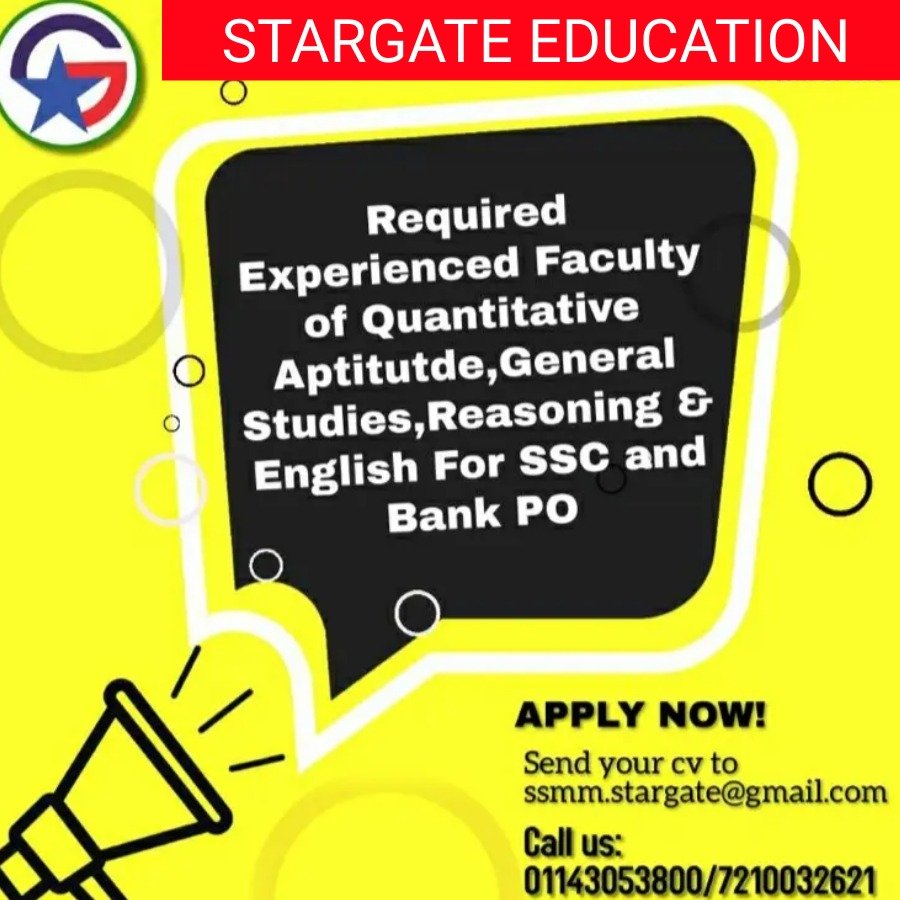Get Your Comprehensive DU LLB Brochure
Ready to start your law journey? Download our detailed brochure with course information, study plans, and more to kickstart your preparation!
Book Your Free Counseling Call Today!
Take the first step toward success with our expert guidance. Fill in your details, and our team will get back to you shortly to discuss how we can help you achieve your goals!
Begin your journey with us!
Enter your details and one our counsellor will connect with you shortly.
Begin your journey with us!
Enter your details and one our counsellor will connect with you shortly.
Begin your journey with us!
Enter your details and one our counsellor will connect with you shortly.
Begin your journey with us!
Enter your details and one our counsellor will connect with you shortly.
Begin your journey with us!
Enter your details and start your mock test now.
Begin your journey with us!
Enter your details and one our counsellor will connect with you shortly.
Begin your journey with us!
Enter your details and one our counsellor will connect with you shortly.
Begin your journey with us!
Enter your details and one our counsellor will connect with you shortly.
Begin your journey with us!
Enter your details and one our counsellor will connect with you shortly.
Begin your journey with us!
Enter your details and one our counsellor will connect with you shortly.
Begin your journey with us!
Enter your details and one our counsellor will connect with you shortly.




[mailpoet_form id=”8″]
[mailpoet_form id=”6″]
[mailpoet_form id=”7″]
[mailpoet_form id=”2″]